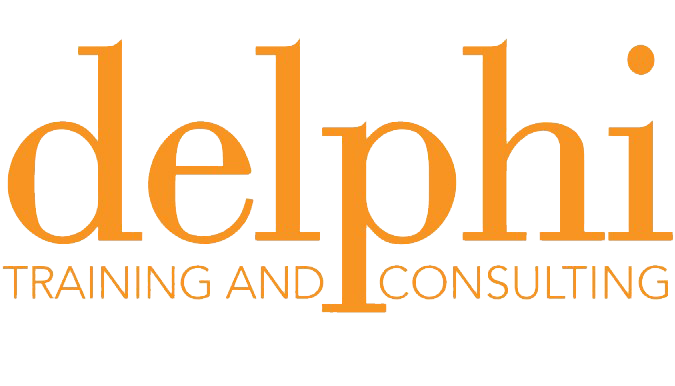
Join our NETWORK
Get all latest news, event updates and access to resources & information.
To recieve a copy of your certificate of completion, please click on the button below, fill in the form and a copy will be emailed you.
Research over the last thirty years has demonstrated a clear-cut relationship between suicidal and self-harming behaviour and childhood abuse. In the context of abuse and trauma, attachment failure is inevitable, leaving a lasting imprint on all future relationships. Rather than experiencing others as a haven of safety, traumatized individuals are driven by powerful wishes and fears of relationship. Their intense emotions and impulsive behavior make them vulnerable to self-destructive attempts to gain relief regardless of the consequences.
In this presentation, we will address the impact of traumatic attachment on the ability of individuals to tolerate emotions (their own and those of others) and how self-destructive tendencies can be best understood as a trauma-related disorder. Exploring the effects of traumatic attachment opens up new ways of working with clients who struggle to manage their traumatic and emotional responses.
The suicidal, self-harming client is not at war with the therapist. He or she is caught up into an internal battle: Do I trust or not trust? Do I live or do I die? Do I love or do I hate? Understanding these clients as fragmented and at war with themselves transforms the therapeutic relationship and the treatment.
This webinar series combines lecture and video to explore the impact of trauma on attachment behavior, the value of re-interpreting suicidal and self-harm as an attachment disorder, and how to help clients make sense of their internal battles and better manage their dysregulated emotional and autonomic states. New approaches and interventions drawn from Sensorimotor Psychotherapy, Internal Family Systems, and mindfulness-based therapies can transform what it means to treat unsafe clients.
To generate your course completion certificate, please enter your details in the form below and a copy of your certificate will be emailed to you shortly.

Janina Fisher, Ph.D. is a licensed clinical psychologist and a former instructor, Harvard Medical School. An international expert on the treatment of trauma, she is an Executive Board member of the Trauma Research Foundation and a Patron of the John Bowlby Centre.
Dr. Fisher is the author of Healing the Fragmented Selves of Trauma Survivors: Overcoming Self-Alienation (2017 ), Transforming the Living Legacy of Trauma: a Workbook for Survivors and Therapists (2021), and The Living Legacy Instructional Flip Chart (2022), as well as numerous peer-reviewed journal articles.
She is best known for her work on integrating mindfulness-based and somatic interventions into trauma treatment. Her treatment model, Trauma-Informed Stabilization Treatment (TIST), is now being taught around the world. More information can be found on her website: www.janinafisher.com .
Janina has presented for Delphi in 2010 – 2014 – 2019 – 2021 – 2022 – 2023 2024. Her 2021 – 2022 – 2023 – 2024 webinars are available On-Demand. She will be presenting two new trainings in 2025.

Delphi Training and Consulting acknowledges Aboriginal and Torres Strait Islander Peoples as the Traditional Owners and Custodians of the lands and waters which we share. We pay our respects to Elders past, present and future. We acknowledge and recognise it is the oldest living culture in the world and that sovereignty has never been ceded. It always was and always will be Aboriginal land.


Delphi is an inclusive and safe organisation. We respect, celebrate and support diversity, the inclusion of children, young people and adults from LGBTQIA+ communities, people with disabilities, people from CALD backgrounds and people with diverse religious beliefs or affiliations.


Get all latest news, event updates and access to resources & information.

To recieve a copy of your certificate please enter your details in the form below, you will recieve a copy of your certificate after submission.